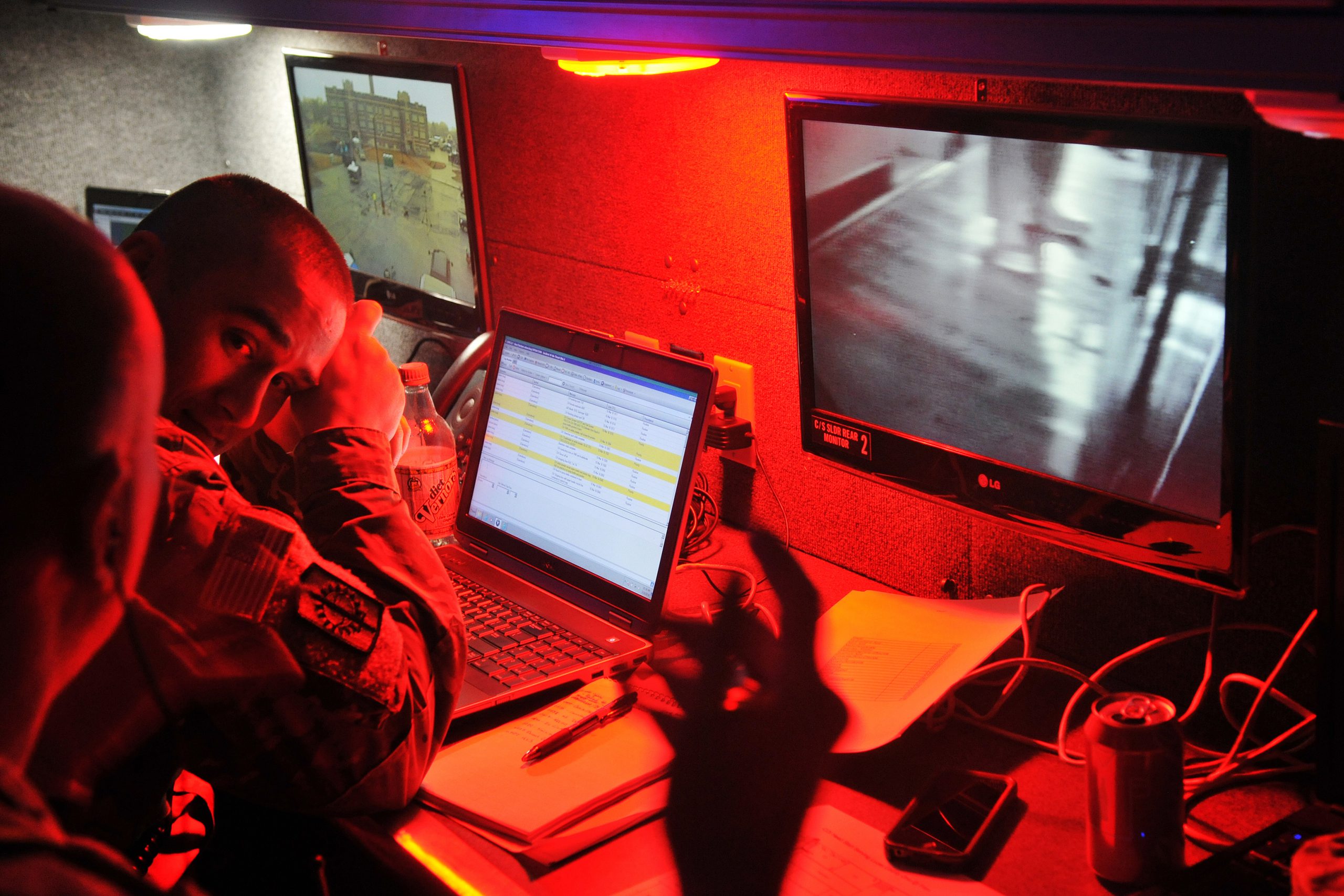- by tgreenan
-
July 09, 2020
“Data architecture” is a term that, until recently, meant very little to most people without a degree in computer science. As we covered in our last article, however, increasingly complex disasters and the proliferation of available data are incentivizing public safety experts to find new ways to manage, share, and analyze the data at their disposal.
“Big data” sets like satellite imaging, social media feeds, and emergency dispatch communications hold the potential to massively expand situational awareness and improve disaster management. Breaking down data silos and building new mechanisms for collaboration are necessary first steps for making use of these stores of data.
Additionally, emergency management strategies have been hindered by silos since long before the recent focus on big data. The exclusion of businesses, advocacy groups, and other stakeholders from discussions about public safety indicates severe flaws with current information management, which have laid the foundation for siloed data architectures.
In order to better contextualize the effects of information silos on public safety efforts, we’ll explore the harms that silos pose to each of the four phases of emergency management: mitigation, preparedness, response, and recovery.
This article is the second in our three-part series covering information silos and their effects on incident response. Here we will outline the harms caused by silos to the four phases of emergency management. Our first piece defined data silos for public safety, and our final article will consider potential solutions for better data management.
The four phases of emergency management
As outlined in a set of Federal Emergency Management Agency (FEMA) instructional materials, experts generally think of emergency management as an ongoing process, with four distinct phases that community members and decision makers are constantly cycling between.
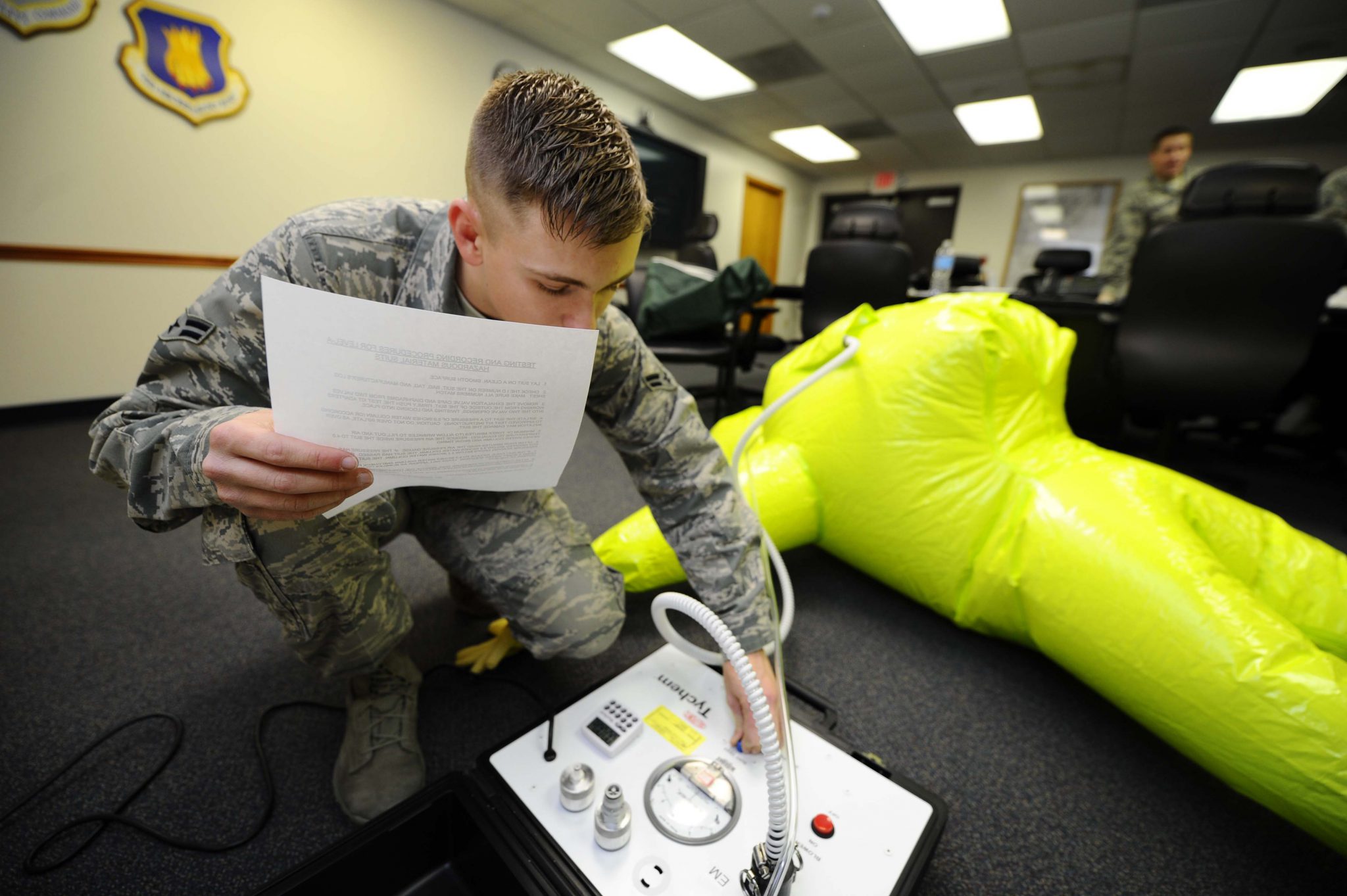
The first phase, mitigation, describes the actions taken to reduce the likelihood and magnitude of an event before it occurs. Mitigation efforts are often organized around risk assessments, which survey the potential hazards that could leave individuals vulnerable to emergencies like hurricanes, power outages, or disease outbreaks.
Common actions in this first phase include retrofitting homes, extending insurance coverage to vulnerable populations, updating public infrastructure to better withstand disasters or aid with evacuations, and enacting policies to enforce public safety standards.
The second phase, preparedness, involves the creation of emergency plans and educational materials for the public. Preparedness is focused on creating actionable response plans and ensuring that communities are prepared once a disaster hits.
In this phase, emergency managers will conduct drills with first responders and the public, stockpile surplus resources like medical equipment in case of resource shortages, and work on building communication channels to ensure information can be efficiently distributed in case of evacuation or other community response.
The third phase, response, includes the actions taken to contain an emergency as it develops. During this phase, economic activity is often disrupted or outright halted, and saving lives becomes an urgent priority.
Response efforts are primarily targeted at resolving immediate harms through evacuations, medical care, and temporary housing or other short-term shelter. It is also during this phase that emergency managers will implement incident response plans developed during the preparedness phase.
The fourth phase, recovery, refers to the actions taken to repair damages in the months, years, and sometimes decades following an emergency. The goal during this phase is to return to a sense of normalcy and manage ongoing effects like mental and physical health repercussions or resulting unemployment.
Actions in this phase can vary widely based on the effects of each incident, but often include repairing damaged infrastructure, constructing new affordable housing, building support networks for survivors experiencing post-traumatic stress disorder (PTSD), and providing financial aid to businesses and affected populations.
Emergency management, then, is a framework for incident response comprised of these four stages. Planning community actions according to these guidelines helps decision makers engage in complex strategizing that maximizes situational awareness and ensures comprehensive engagement before, during, and after a disaster.
The emergency management framework can also clarify the distinct ways that information can be leveraged, and the barriers that first responders must overcome in each stage. The remainder of this article will present a (non-exhaustive) sample of harms caused by information silos at each stage of the emergency management cycle.
Mitigation: The importance of collaboration for comprehensive risk assessment
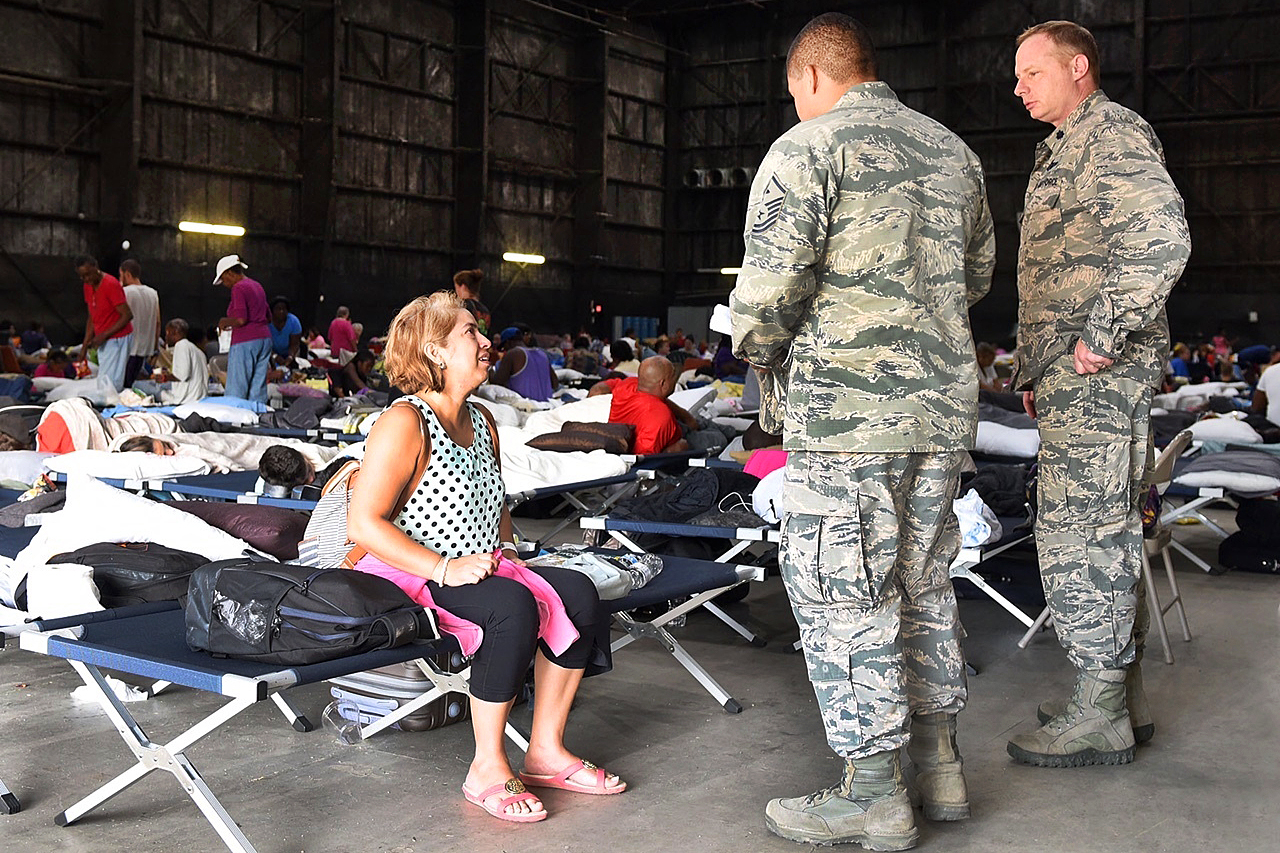
The mitigation phase of emergency management can include a wide range of actions, from constructing new infrastructure to crafting insurance policies. In order to determine which strategies to deploy for their particular community, organizations invested in emergency management rely on risk assessments to direct their preventative efforts.
Risk assessments, like the community risk assessments formally established in most fire departments, construct profiles of a specific community using information like local demographic data or employment records. These profiles are then paired with known hazards to determine the risk of an incident and isolate potential mitigation efforts.
These models allow first responders to check or confirm their own assumptions, and help decision makers determine how and where to allocate limited resources. However, incomplete data access resulting from information silos can lead to knowledge gaps and exacerbate vulnerabilities for specific populations.
One of the most prominent shortcomings of existing risk reduction programs is the exclusion of disabled individuals and advocacy groups from disaster management strategizing.
This issue was spotlighted in an article published by the United Nations, “Disability-Inclusive Disaster Risk Reduction and Emergency Situations”, which outlined the harm that certain communities experience across all stages of emergency response.
The article notes that disabled individuals are more likely to be left behind during evacuations or turned away from evacuation shelters because of the perceived complexity of their medical need. Additionally, due to poorly planned mitigation efforts, transportation networks, evacuation shelters, and other infrastructure systems are often inaccessible.
This isn’t just a problem with major disasters: several medically vulnerable people died last year during California power shutoffs after losing access to essential medical equipment. Because of the exclusion of disabled people from conversations about public safety, their needs have gone unnoticed and unaddressed.
A 2013 paper, titled “Unraveling the complexities of disaster management: A framework for critical social infrastructure to promote population health and resilience“, explored the need for community participation from a wide variety of disaster management stakeholders, including disability advocates.
Researchers assembled participant groups from five different communities across Canada, each of which included a variety of community representatives such as emergency management agencies, food banks, and organizations that provide advocacy and care for disabled individuals.
The study found that there were already large collections of information and resources available within most communities, such as contact lists for vulnerable populations collected by advocacy groups or temporary transportation and housing resources like RVs held by private companies.
However, most individuals remained unaware of the resources held by agencies they were not a part of. Participants in all five communities recognized the value of greater collaboration and information sharing, with most of the community representatives in each group expressing a “willingness to collaborate” and desire to “help one another”.
The report even explicitly notes the need to eliminate data silos, stating: “Our results underscore the need for possibility thinking, to allow organizations to dismantle silos, create functional and informational linkages, and cross boundaries more easily to manage the dynamic context during a disaster.”
In addition to the benefits that information sharing presents for disabled individuals, it can also allow for more expansive predictive analytics and risk models using satellite imaging, better informed infrastructure repairs, and more educated building codes and regulations with greater scientific input.
A lack of comprehensive risk analysis during the mitigation stage can have deadly consequences for the rest of the emergency management cycle, ranging from insufficient preparations to incomplete recovery efforts. Resolving data silos is therefore a necessary first step to achieving accurate and actionable situational awareness.
Preparedness: Building reactive and informed incident response plans
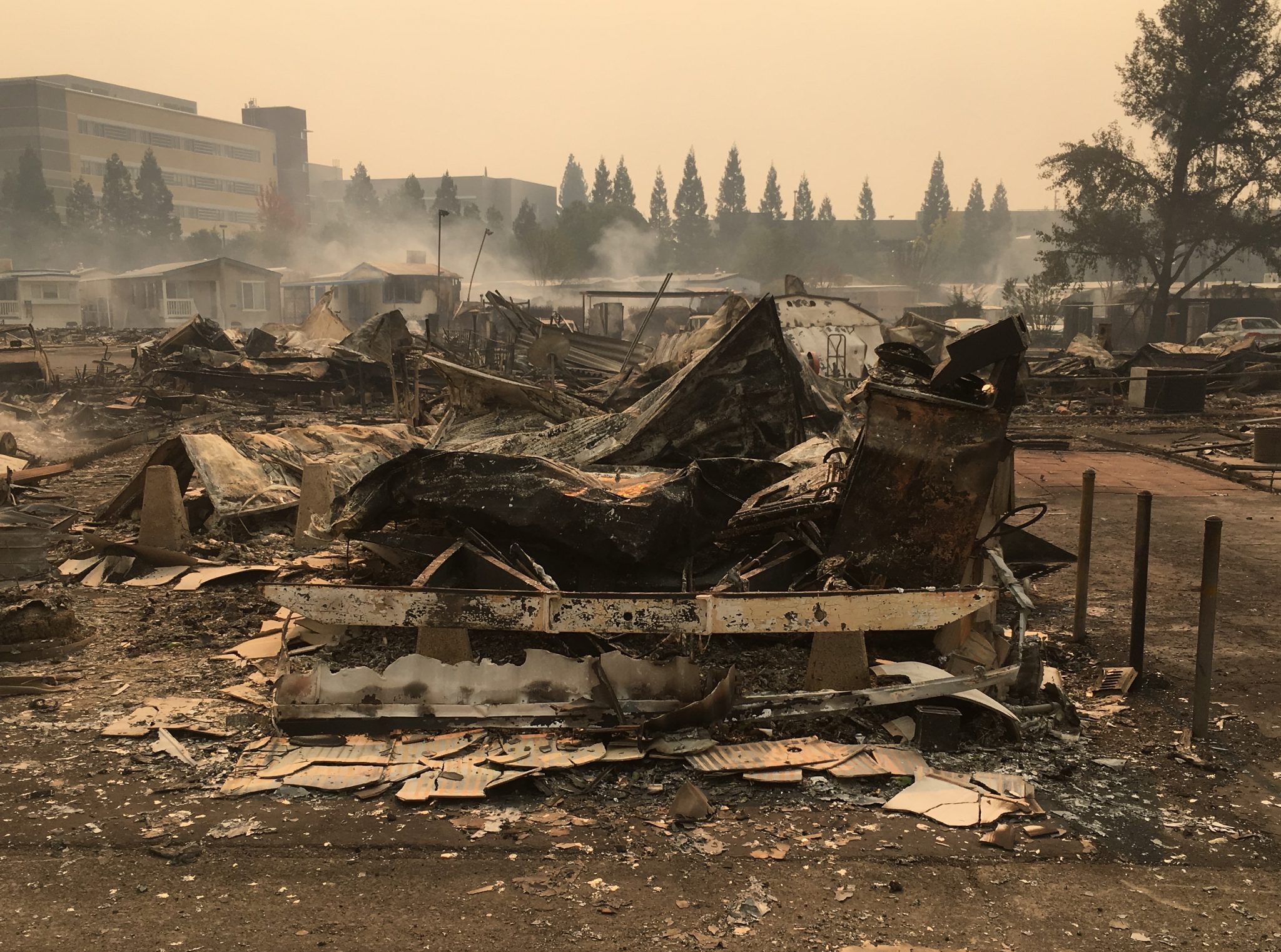
The mitigation and preparedness phases of emergency management are closely connected, as both seek to preemptively reduce the harm caused by disasters. As a result, many of the harms discussed above will also translate to the preparedness phase, since incomplete information creates deficiencies in emergency planning.
Beyond faulty response plans, the effects of silos can also cause poor resource preparation, resulting in insufficient and unorganized communication channels or overly bureaucratized personnel training. These can slow response times and cause chaos during an incident, as evidenced by the initial response to the Tubbs Fire in Santa Rosa, California.
The Tubbs Fire started the evening of October 8, 2017 alongside 17 other North Bay fires and destroyed at least 5,200 homes within the first six hours. The fire, which resulted in the deaths of 22 people, quickly became the most destructive wildfire in California history, before the Camp Fire claimed that record a year later.
Because emergency response resources were spread across multiple incidents, and due to the fire’s rapid spread, the disaster pushed first responders’ capacities to their limits. However, many have pointed to bureaucratic hurdles and a lack of familiarity with existing technologies as factors that compounded the threat of the fires.
As noted in an article by the Press Democrat, Sonoma County emergency officials failed to consider using a new mass cellphone alert system to broadcast evacuation orders. This, coupled with delays in mobilizing law enforcement to evacuate neighborhoods, resulted in many Santa Rosa residents not receiving any official notification until the following morning.
Instead, available personnel rushed to evacuate residents while battling extreme winds that kept the fire spreading at a rapid rate. Numerous individuals found themselves stuck in traffic or blocked by fallen trees while escaping in the dead of night, many of whom received no warning of the fire or were only notified by friends and neighbors.
A year before the incident, county officials reviewed the mass notification system and opted not to use it out of concern that it could not target a small enough geographic area. Public safety experts have argued that targeting too broad of a region could exacerbate evacuation difficulties by causing unnecessary traffic, worsening the incident instead.
However, as the article notes, the same system had been used in Lake County and had the capacity to send geographically targeted alerts since 2013. Later analysis showed that insufficient training and bureaucratic hurdles delayed both digital and in-person evacuation notices, as outlined in an additional report by KQED.
According to KQED, existing policies did not authorize dispatchers or Cal Fire officials to order evacuations, instead forcing Cal Fire to ask dispatchers to contact the Sheriff’s Department to issue orders. This became even more difficult as fires spread across county jurisdictions and required the involvement of more government officials.
Additionally, the county was using four different mass alert systems at the time, with only a handful of emergency officials trained to use them. There were not substantial communication channels between Sonoma County public safety experts and those in other regions, making it difficult to rely on other departments’ expertise and past incident records.
Because of a lack of familiarity with their mass alert systems and limited coordination with other public safety departments, county officials chose to use opt-in services like Nixle that allowed for more geographically targeted alerts. However, few members of the public were aware of these services until initial evacuations had already occurred.
The shortcomings of existing emergency management preparations were further highlighted in a five-month investigation conducted by KQED. The report noted that, while California has one of the most well-funded and advanced notification systems in the nation, decision makers were bound by unadaptive and systematically flawed response procedures.
“[Our] review shows that even with homes burning and lives on the line, first responders and decision-makers remained hamstrung by those problematic procedures and policies. They struggled to adapt as quickly as the fires were moving,” the report states.
Although the Tubbs Fire was an exceptional event that posed greater challenges than most incidents that first responders will ever face, it clearly demonstrates the importance of informed and collaborative disaster preparedness.
By preemptively breaking down organizational silos between law enforcement, Cal Fire, and other first responders, local emergency personnel could have been provided the resources to take evacuation measures into their own hands as soon as the incident began.
In regards to communication channels, consolidating platforms during the preparation stage of emergency management to provide a more limited and well-developed set of notification services would ensure greater coverage and more extensive training of relevant personnel.
Additionally, building greater connections between community stakeholders — both within specific communities and across jurisdictions — could help officials access resources to better respond to larger disasters and learn from the experiences of other emergency management organizations.
Response: Escaping barriers to situational awareness
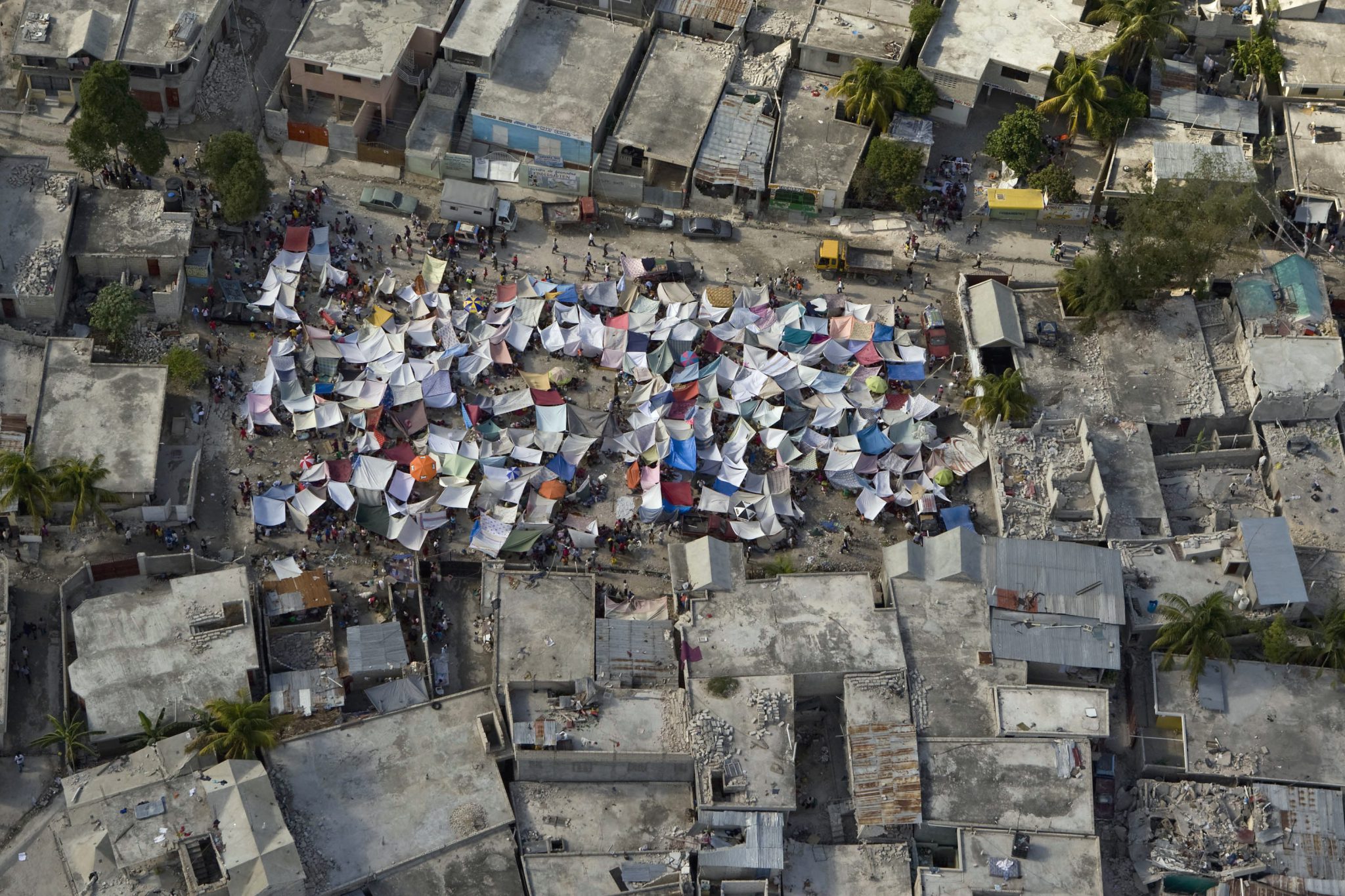
Although incident response is heavily shaped by mitigation and prevention practices carried out in advance, success in this phase relies primarily on maximizing situational awareness and keeping first responders organized and reactive.
The response phase, unlike the other phases of disaster management, is relatively short due to its crisis-oriented nature. Life-or-death decisions need to be made on a moment’s notice, making easy access to various data sources particularly important in order to generate useful analytics.
Collaborative data sharing is especially important for major catastrophes involving a large collection of different actors. The humanitarian response to the 2010 earthquake in Haiti — which involved assistance from the United Nations, multiple national governments, international donors, and thousands of NGOs — provides a clear illustration of this.
The 7.0 magnitude earthquake was the most devastating natural disaster in Haiti’s history, affecting 3 million individuals and resulting in an estimated 250,000 deaths and the displacement of about 1.5 million people.
An article by the Emory International Law Review details several takeaways from this “unprecedented relief effort”. One of the most important lessons the article isolated was the need for greater coordination of the gathering and use of data during the incident.
Humanitarian organizations at the crisis monitored conditions on the ground, such as the accessibility of potable water or availability of shelter, to provide targeted aid to those locations with the most urgent need.
However, because the various actors present had their own methodologies, reporting tools, and analysis mechanisms for this data, these efforts resulted in multiple duplicates of incomplete data sets that could not be developed into a useful tool for monitoring response progress. As stated in the article, “In essence, there was both too much and too little data.”
The article notes that the data collected was also difficult to use retroactively, even with much more time to parse through the information. The UN’s international donor and NGO coordination system, known as the “cluster system”, was hampered by data inconsistencies, making it difficult to develop a full picture of the activities occurring in the country.
Not only did the lack of collaborative practices prevent emergency responders from accessing potentially life-saving information, but the various siloed data collection efforts wasted valuable time during crucial stages of the incident.
The effects of poorly planned data collection were covered in a report by the Pan American Health Organization (PAHO) outlining lessons learned from the 2010 earthquake, which heavily stressed the need to improve information sharing and collaboration.
According to the report, which dedicates a full section to information management takeaways, just one of the earliest damage assessments conducted cost an estimated US $3 million. International templates for conducting the assessments were ignored, making the results difficult to analyze even when they were finally received over a month later.
When discussing the key strategic lessons for future disasters, the report states, “Lack of information sharing and coordination (two intertwined concepts) is the most common criticism in the aftermath of disasters.”
By creating centralized data management and collection systems, emergency management actors can deploy life-saving tools where and when they are needed most. Additionally, informed incident response can minimize the need for long-term repairs or aid distribution, helping to ease the long and difficult recovery process.
Recovery: How to build collaborative frameworks for community support
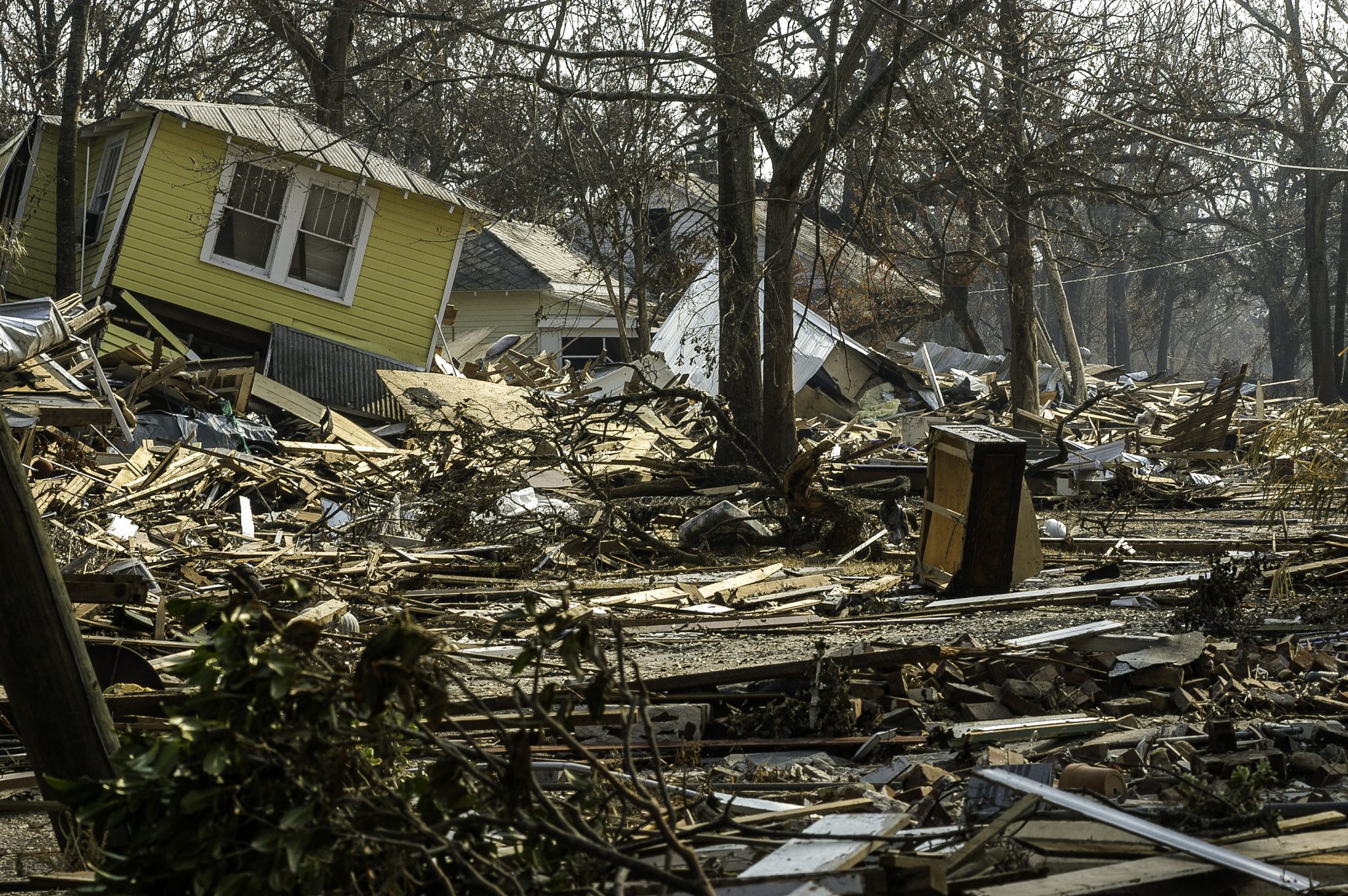
As with the other phases of the emergency management cycle, incident recovery is heavily dependent on the results of the other phases. Creating collaborative methods for data collection and sharing can help minimize an incident’s impact, decreasing the scope of necessary recovery efforts and maximizing resources to support affected communities.
The response phase in particular can heavily shape the actions taken during the months, years, or decades of the recovery phase. Initial damage assessments support the development of recovery plans, and the quality of these assessments and the wide array of future surveys and reports can directly determine the success of recuperation efforts.
As a result, incomplete or misrepresented knowledge resulting from faulty information gathering can hinder long-term recovery or even worsen social inequalities that existed prior to an incident.
Hurricane Katrina, which struck the Gulf Coast of the United States in 2005 and ultimately displaced more than 1 million people, highlights the ramifications of misinformed recovery efforts.
An article published ten years after the storm by The Atlantic outlines the ongoing failures in New Orleans that have exacerbated harms for the most vulnerable communities. As outlined in the article, metrics for “progress” have focused on wealth acquisition and reconstruction of affluent neighborhoods, leaving behind those populations with the greatest need.
Delayed recovery efforts have been particularly damaging among Black residents. According to a report by Talk Poverty, nearly one in three Black residents have not returned to the city after the storm, and many primarily Black neighborhoods are still in the process of being reconstructed.
Additionally, the median Black household in New Orleans in 2013 was making $5,000 less per year, adjusted for inflation, than in 2000, while white households saw an increase by 40 percent over the same period. This is at least partially a result of the “Road Home” housing recovery program, which disbursed funds based on appraised home value rather than rebuilding cost, heavily favoring white households in more affluent neighborhoods.
In addition to racially discriminatory practices, many of these disparities are a result of poor community involvement and a lack of awareness of preexisting inequalities. This is addressed in a set of educational materials released by the Humanitarian Practice Network (HPN), which explains the importance of inclusive disaster risk reduction practices.
According to these materials, ethnic minorities and indigenous groups are often not considered by decision makers during response planning. But, efforts to integrate community feedback have shown substantial promise in creating long-term benefits, as evidenced by the HPN’s case study of the 1998 response to Hurricane Mitch in Honduras.
Initial response efforts were lacking, neglecting the indigenous Garifuna communities on the north coast and delaying their recovery. However, as the HPN materials outline, community volunteers created a formal NGO, the Garifuna Emergency Committee of Honduras, that worked with elected groups from 16 Garifuna communities.
Not only was the NGO successful at reconstructing housing and distributing seeds to sustain local agriculture, but they were also able to provide long-term livelihood and resilience-building. This single NGO ultimately benefited over 9,000 people with its ongoing initiatives, promoting techniques like crop diversification and food preservation.
Many of the flaws with existing recovery efforts are the result of arbitrary divisions between communities and organizations, all of which have stakes in emergency management. These divisions, which facilitate the exclusion of vulnerable populations, also create the foundations for siloed data architectures by blocking potential avenues for collaboration.
By breaking down silos between emergency management decision makers and the communities they serve, public safety leaders can build recovery plans that benefit local populations in the long term, without worsening systemic inequalities.
Next: How to move beyond information silos in public safety
Now that we’ve defined information silos and explained their effects on the four phases of emergency management, the final article of this series will present potential solutions to the problems posed by data silos.
By Trevor Greenan. Questions? Get in touch at tgreenan@perimeterplatform.com.
Recent Posts
Archives
- April 2024 (2)
- March 2024 (2)
- January 2024 (2)
- December 2023 (1)
- August 2023 (6)
- July 2023 (4)
- June 2023 (1)
- May 2023 (1)
- August 2021 (1)
- July 2021 (1)
- June 2021 (1)
- April 2021 (2)
- March 2021 (1)
- January 2021 (2)
- November 2020 (2)
- October 2020 (3)
- September 2020 (1)
- August 2020 (1)
- July 2020 (1)
- June 2020 (4)

